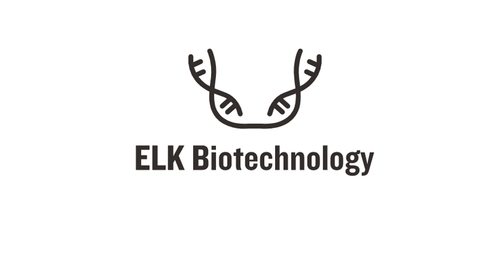Product Description
MAPKAPK-2 (S328) polyclonal Antibody | BS1808 | Bioworld
Host: Rabbit
Reactivity: Human,Mouse,Rat
Application: WB IHC
Application Range: WB: 1:500~1:1000 IHC: 1:50~1:200
Background: MAP kinase activated protein kinase 2 (MAPKAP Kinase 2), also known as p45 hsp27 kinase, is a 45-54 kDa serine/threonine protein kinase that contains a proline rich sequence and two putative SH3 binding sites. MAPKAP Kinase 2 is activated in response to stress, IL1 and TNF, possibly catalyzed by p38/Hog dependent phosphorylation. One of the major substrates of MAPKAP Kinase 2 is hsp27, which stimulates actin polymerization in order to facilitate recovery from destruction of cytoskeleton during cellular stresses. MAPKAP2 is implicated in several disorders including ischemic brain injury and heart failure and has been shown to be important in regulating stress resistance and the production of TNF alpha.
Storage & Stability: Store at 4°C short term. Aliquot and store at -20°C long term. Avoid freeze-thaw cycles.
Specificity: MAPKAPK-2 (S328) polyclonal Antibody detects endogenous levels of MAPKAPK-2 protein.
Molecular Weight: ~ 46 kDa
Note: For research use only, not for use in diagnostic procedure.
Alternative Names: MAPKAP Kinase 2; MAPK-activated protein kinase 2; MAPKAP kinase 2; MAPKAPK-2; MK2; EC 2.7.11.1; MAPKAPK2
Immunogen: Synthetic peptide, corresponding to amino acids 300-350 of Human MAPKAPK-2.
Conjugate: Unconjugated
Modification: Unmodification
Purification & Purity: The Antibody was affinity-purified from rabbit antiserum by affinity-chromatography using epitope-specific immunogen and the purity is > 95% (by SDS-PAGE) .
Pathway: Phosphoinosotode Signaling,PI3K AKT signaling,Protein Kinase C Signaling,Immune Cell Signaling,Warburg Effect,Translational Contral elF4 and p70 S6 Kinase,Regulation of Microtubule Dynamics,T cell receptor signaling,Inhibition of Apoptosis,Insulin &Glucose Signaling,Cell Cycle Control G1 S Checkpoint,Adherens Junction signaling,Mitochondrial Control of Apoptosis,MTOR signaling,ErbB HER Signaling,
 Euro
Euro
 USD
USD
 British Pound
British Pound
 NULL
NULL








